It was way back in 1983 that I had first visited the Golden Temple at Amritsar . A retired Sikh army officer had taken me inside. It was the height of Khalistan agitation and few important personalities including a police DGP had been shot down inside the temple during that period. Situation was tense and very few Hindu pilgrims were seen inside. Khalistani supporters were busy handing over their propaganda materials to everyone visiting the temple. I had a peaceful visit around the temple , paid my obéisance to the holy book ( Guru Granth Sahib) and took blessings of the priest who also honoured me with a ‘siropa’ ( robe of honour in Sikh traditions) perhaps to drive home the point that they were not against Hindus. Later in 1984 , as everyone might recollect , Operation Blue Star took place followed by many other unfortunate incidents in the country. Hindus stopped going to Golden Temple for quite sometime thereafter for fear of being harmed.
After 35 years , in 2018 I decided to visit the Golden Temple again as a tourist. This time , the atmosphere was very serene, peaceful and soothing as we were in the temple at around 5 am in the morning to witness the whole rituals of the holy book ( Shri Guru Granth Sahib) being brought in a palki from the Akal Thakt Sahib ( seat of Sikh gurus) to Sri Harmandir Sahib ( Temple premises) where the singing of Gurbani Kiirtan takes place from morning to night continuously. Akal Thakt is the highest seat of authority that addresses the spiritual and temporal concerns of Sikh community of the world . The head of the Thakt ( royal throne) is called Jathedar who wields enormous powers. There are five Thakts of which Akal Thakt is the main one. These five Thakts and Sikh Gurudwara Prabandhak Committee ( SGPC) will decide all aspects Sikhism including religion, power and politics . Like Islam, politics and religion are intertwined in Sikhism also. God is referred as ‘WaheGuru’ like Allah in Islam. Guru Granth Sahib is equivalent of Quran. Sikhism was found to defend Hindus from the Islamic onslaught. The first born male child of Punjabi Hindu family was initiated as a Sikh warrior and given thename ‘ Singh’ and the woman ‘Kaur’. This group of warriors form the Khalsa . Over a period of time the significance of the names of ‘Singh’ and ‘ Kaur’ got diluted and became commonplace. Guru Nanakji was the first Guru of the Sikhs to whom God was reported to have revealed himself. Guru Tegh Bahadur , the ninth of the ten gurus who founded the Sikh religion gave his life in saving Kashmiri Brahmins from Aurangzeb atrocities and was beheaded. His son and the last of the ten gurus , Guru Govind Singh also met similar fate defending the Hindus against Islamic forced conversions. Thus, Hindus should be eternally grateful to these great Sikh warriors who sacrificed their lives for saving Hinduism.
Amritsar is also known for the British brutality and massacre by Colonel Dyer at Jalianwala bagh , who was subsequently shot dead by patriot Udham Singh in London to avenge the massacre.
We also visited the Wagha-Attari border with Pakistan and witnessed the wonderful ‘ flag lowering ceremony ‘ by the BSF soldiers witnessed by thousands of people on both sides of the border every evening since last 60 years.
A visit to Amritsar is a peep into the glorious past of India where hundreds of warriors and people had sacrificed their lives defending the religion , country and their honour against brutal , barbarous attacks of invaders and colonists.
After 35 years , in 2018 I decided to visit the Golden Temple again as a tourist. This time , the atmosphere was very serene, peaceful and soothing as we were in the temple at around 5 am in the morning to witness the whole rituals of the holy book ( Shri Guru Granth Sahib) being brought in a palki from the Akal Thakt Sahib ( seat of Sikh gurus) to Sri Harmandir Sahib ( Temple premises) where the singing of Gurbani Kiirtan takes place from morning to night continuously. Akal Thakt is the highest seat of authority that addresses the spiritual and temporal concerns of Sikh community of the world . The head of the Thakt ( royal throne) is called Jathedar who wields enormous powers. There are five Thakts of which Akal Thakt is the main one. These five Thakts and Sikh Gurudwara Prabandhak Committee ( SGPC) will decide all aspects Sikhism including religion, power and politics . Like Islam, politics and religion are intertwined in Sikhism also. God is referred as ‘WaheGuru’ like Allah in Islam. Guru Granth Sahib is equivalent of Quran. Sikhism was found to defend Hindus from the Islamic onslaught. The first born male child of Punjabi Hindu family was initiated as a Sikh warrior and given thename ‘ Singh’ and the woman ‘Kaur’. This group of warriors form the Khalsa . Over a period of time the significance of the names of ‘Singh’ and ‘ Kaur’ got diluted and became commonplace. Guru Nanakji was the first Guru of the Sikhs to whom God was reported to have revealed himself. Guru Tegh Bahadur , the ninth of the ten gurus who founded the Sikh religion gave his life in saving Kashmiri Brahmins from Aurangzeb atrocities and was beheaded. His son and the last of the ten gurus , Guru Govind Singh also met similar fate defending the Hindus against Islamic forced conversions. Thus, Hindus should be eternally grateful to these great Sikh warriors who sacrificed their lives for saving Hinduism.
Amritsar is also known for the British brutality and massacre by Colonel Dyer at Jalianwala bagh , who was subsequently shot dead by patriot Udham Singh in London to avenge the massacre.
We also visited the Wagha-Attari border with Pakistan and witnessed the wonderful ‘ flag lowering ceremony ‘ by the BSF soldiers witnessed by thousands of people on both sides of the border every evening since last 60 years.
A visit to Amritsar is a peep into the glorious past of India where hundreds of warriors and people had sacrificed their lives defending the religion , country and their honour against brutal , barbarous attacks of invaders and colonists.
Attachments
-
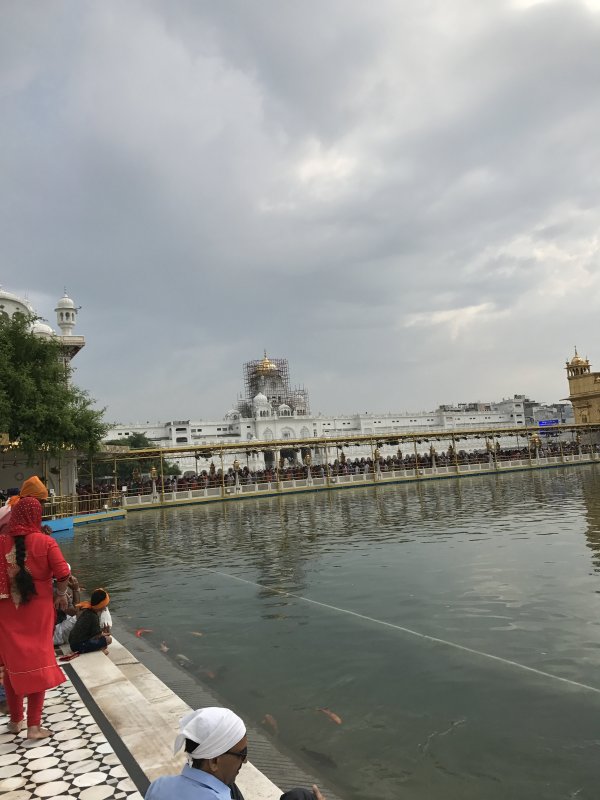 54C878CE-9588-4223-B843-2C6A74CE17EF.jpeg1.5 MB · Views: 284
54C878CE-9588-4223-B843-2C6A74CE17EF.jpeg1.5 MB · Views: 284 -
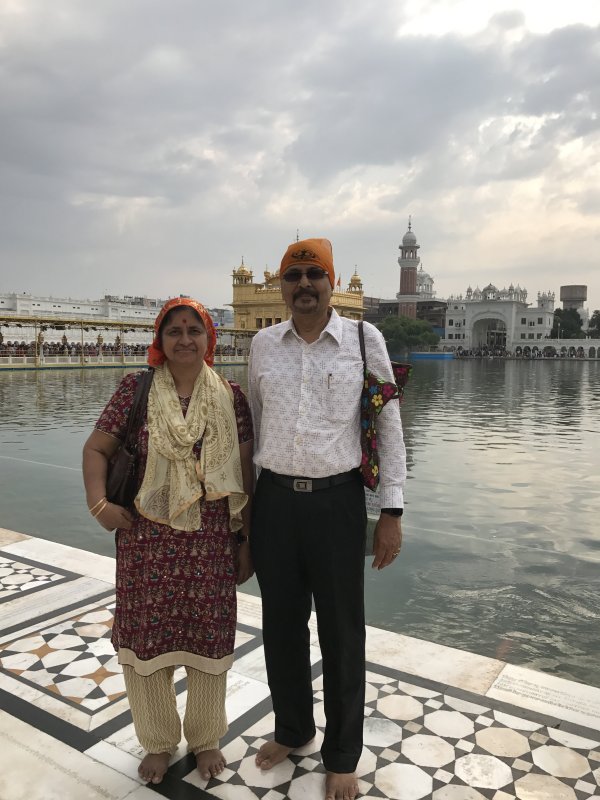 405ED253-D357-4A41-BC07-DE6FD75AF504.jpeg1.5 MB · Views: 443
405ED253-D357-4A41-BC07-DE6FD75AF504.jpeg1.5 MB · Views: 443 -
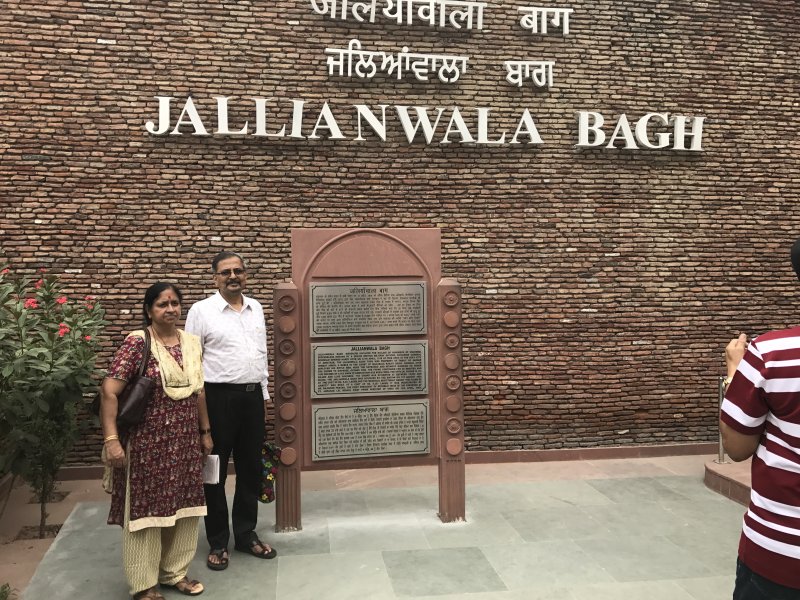 3D8E5B13-C268-4BBD-B09F-FE156D105087.jpeg4.1 MB · Views: 318
3D8E5B13-C268-4BBD-B09F-FE156D105087.jpeg4.1 MB · Views: 318 -
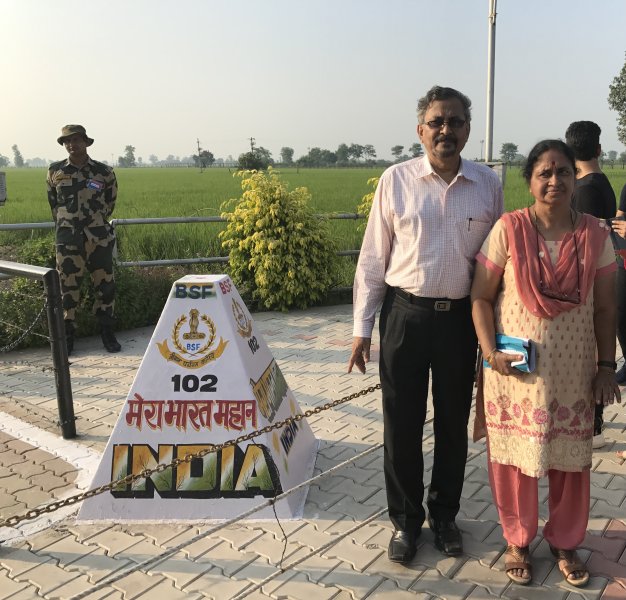 ACDAF73C-CEA4-40D7-9294-90F4845B5652.jpeg2.4 MB · Views: 182
ACDAF73C-CEA4-40D7-9294-90F4845B5652.jpeg2.4 MB · Views: 182 -
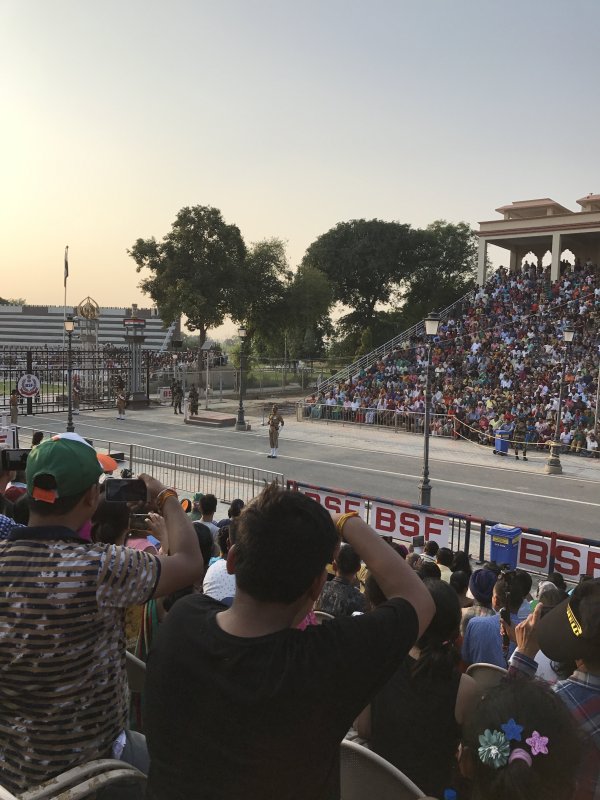 8E845BD7-928F-48F3-8003-EF956E8231DA.jpeg1.7 MB · Views: 537
8E845BD7-928F-48F3-8003-EF956E8231DA.jpeg1.7 MB · Views: 537
